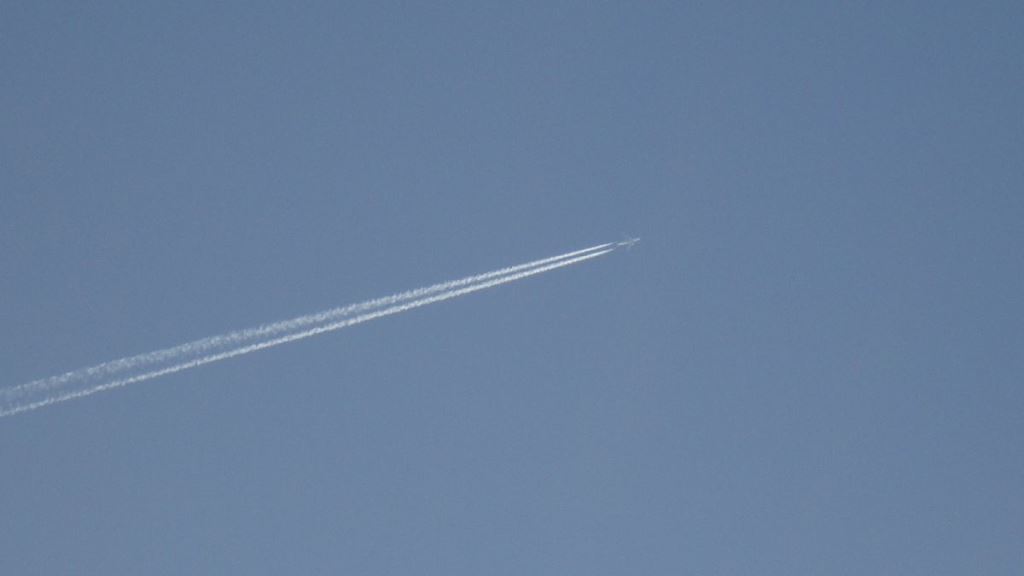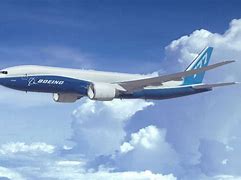African airlines see improved traffic as global recovery catches the wind

African airlines saw better prospects during May 2022, with Revenue Passenger Kilometres swelling 134.9pc year on year relative to May 2021. According to the International Air Transport Association IATA’s passenger data for May 2022, the growth came off a 78.5pc increase in capacity, with the load factor also inching up 16.4pc to reach 68.4pc. Although African load factors continue to be the lowest globally, the growth trajectory mirrors the sustained recovery in traffic elsewhere.
IATA says global traffic data points to an accelerated recovery in air travel, buoyed by the approaching northern summer peak season. Global RPK’s were up 83.1pc during May relative to May 2021, supported by the strong recovery in international traffic.
Global traffic now stands at 68.7pc of pre-crisis levels with international travel also overtaking domestic traffic. Domestic traffic improved by just 0.2pc year on year, compared to a 325.8 pc in international traffic over the same period. The domestic recovery was dragged down by a 73.2pc slide in the Chinese domestic market, attributable COVID-19 related restrictions which China has kept in place.
International traffic benefitted from a tailwind as most of Asia eased travel restrictions with May 2022 RPKs recovering to 64.1pc of May 2019 levels.
“The travel recovery continues to gather momentum. People need to travel. And when governments remove COVID-19 restrictions, they do. Many major international route areas – including within Europe, and the Middle East-North America routes – are already exceeding pre-COVID-19 levels. Completely removing all COVID-19 restrictions is the way forward, with Australia being the latest to do so this week. The major exception to the optimism of this rebound in travel is China, which saw a dramatic 73.2pc fall in domestic travel compared to the previous year. Its continuing zero-COVID policy is out-of-step with the rest of the world and it shows in the dramatically slower recovery of China-related travel,” said Willie Walsh, IATA’s Director General.
Europe traffic rose 412.3pc relative to May 202, capacity rose 221.3pc, yielding a 30.1pc improvement that took the European load factor to 80.6pc.
Asia-Pacific traffic also accelerated by 453.3pc on a 118.8 increase in capacity during the period under reference. The load factor jumped 43.6pc to 72.1pc.
The progressive re-opening of Asian markets saw Middle-Eastern traffic rise 317.2pc relative to May 2021, capacity rose 115.7pc and the load factor climbed 37.1pc to 76.8pc.
North American carriers registered a 203.4pc rise in traffic on the back of a 101.1pc capacity increase. The load factor climbed 27.1pc to 80.3pc.
Latin American airlines’ also saw May traffic rise 180.5pc compared to the same period in in 2021. Capacity rose 135.3pc, the load factor 13.5pc to 83.4pc.
“The recovery in travel markets is no less than impressive. As we accelerate towards the peak summer season in the Northern Hemisphere, strains in the system are appearing in some European and North American hubs. Nobody wants to see passengers suffering from delays or cancellations. But passengers can be confident that solutions are being urgently implemented. Airlines, airports and governments are working together, however, standing up the workforce needed to meet growing demand will take time and require patience in the few locations where the bottlenecks are the most severe.
In the longer term, governments must improve their understanding of how aviation operates and work more closely with airports and airlines. Having created so much uncertainty with knee-jerk COVID-19 policy flipflops and avoiding most opportunities to work in unison based on global standards, their actions did little to enable a smooth ramping-up of activity. And it is unacceptable that the industry is now facing a potential punitive regulatory deluge as several governments fill their post-COVID-19 regulatory calendars. Aviation has delivered its best when governments and industry work together to agree and implement global standards. That axiom is as true post-COVID-19 as it was in the century before.” said Walsh.

 New leadership for bankers’ umbrella as total assets top $12 billion
New leadership for bankers’ umbrella as total assets top $12 billion
 Brussels Airlines to announce Nairobi service
Brussels Airlines to announce Nairobi service
 SITA promises enhanced travel experience after Materna acquisition
SITA promises enhanced travel experience after Materna acquisition
 Saudia’s 105 aircraft order stretches A320neo lead over rival Max
Saudia’s 105 aircraft order stretches A320neo lead over rival Max
 Kenya calls for speedy resolution of territorial and immigration disputes with Uganda at JMC
Kenya calls for speedy resolution of territorial and immigration disputes with Uganda at JMC
 Boeing refuses to pay hackers $200 million for stolen Data
Boeing refuses to pay hackers $200 million for stolen Data
